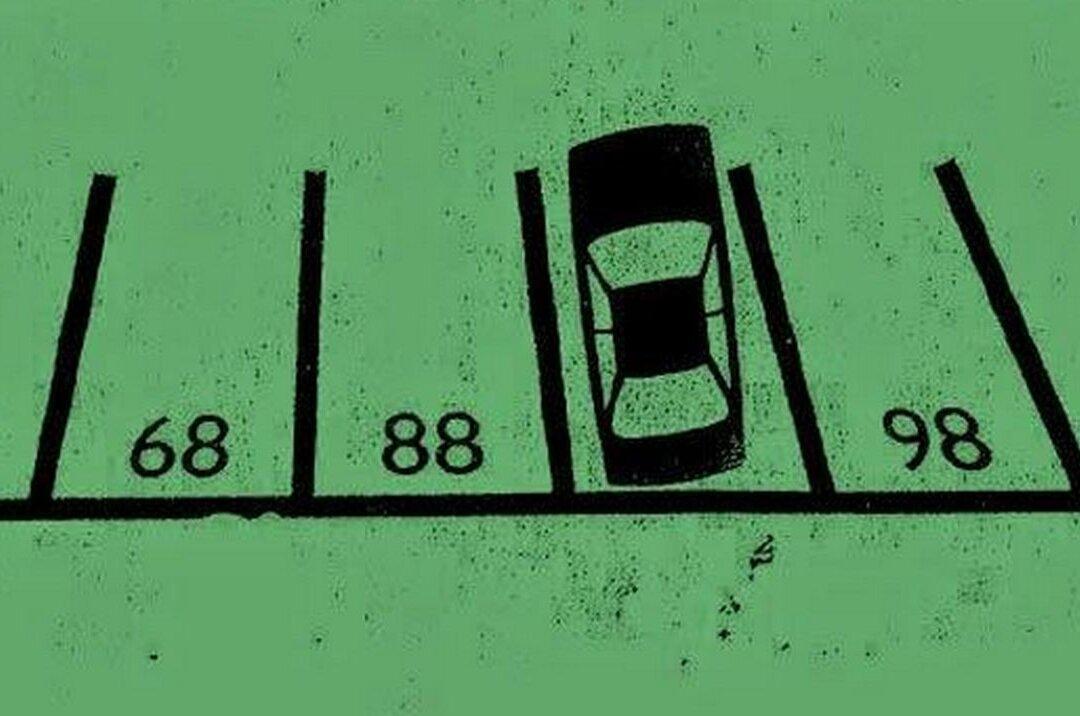A puzzle has gone viral on social media sites, and it has stumped many.
The blog Centauro says the puzzle is used in Hong Kong, and it appears on tests for children entering the first grade.


A puzzle has gone viral on social media sites, and it has stumped many.
The blog Centauro says the puzzle is used in Hong Kong, and it appears on tests for children entering the first grade.